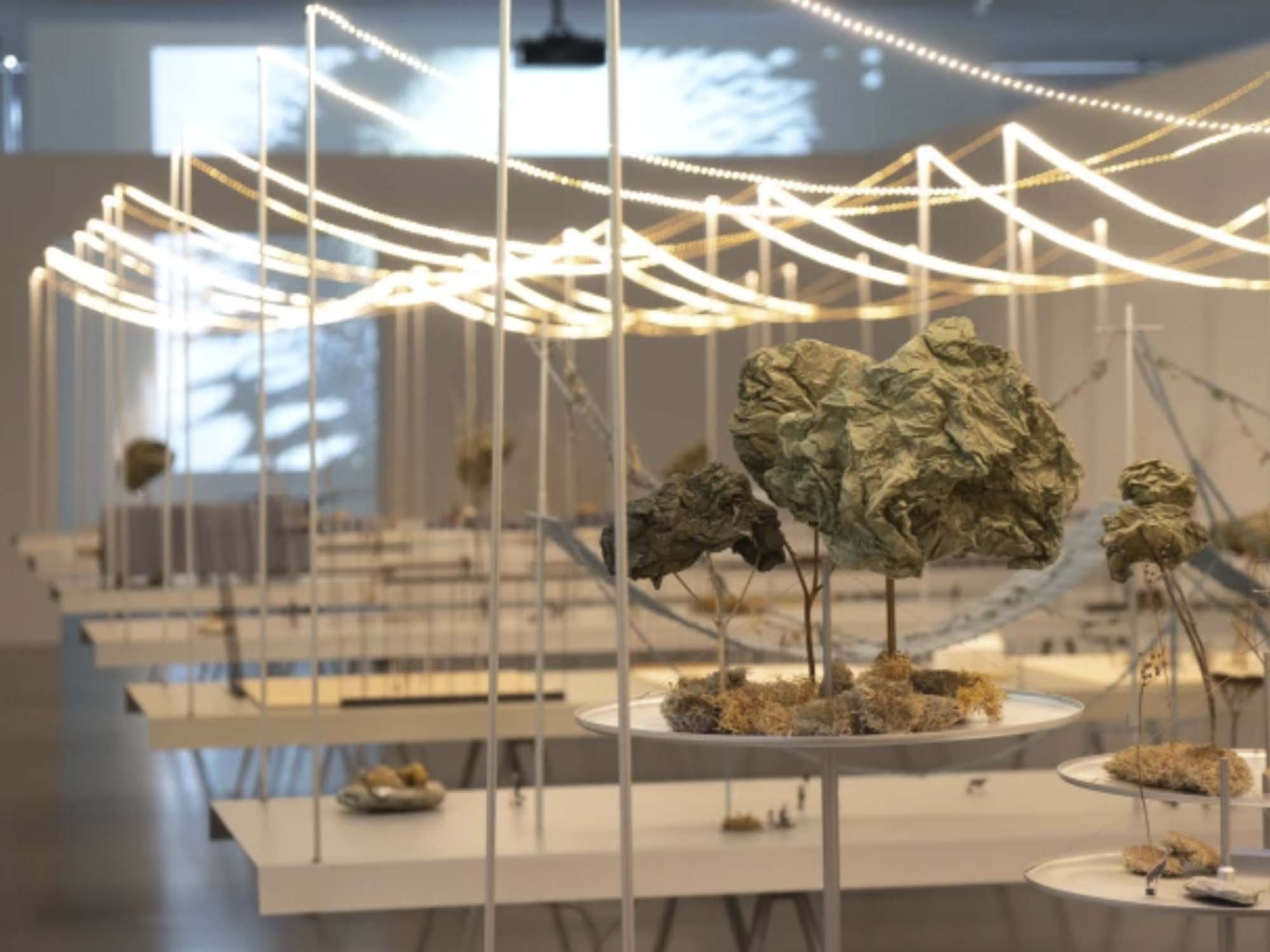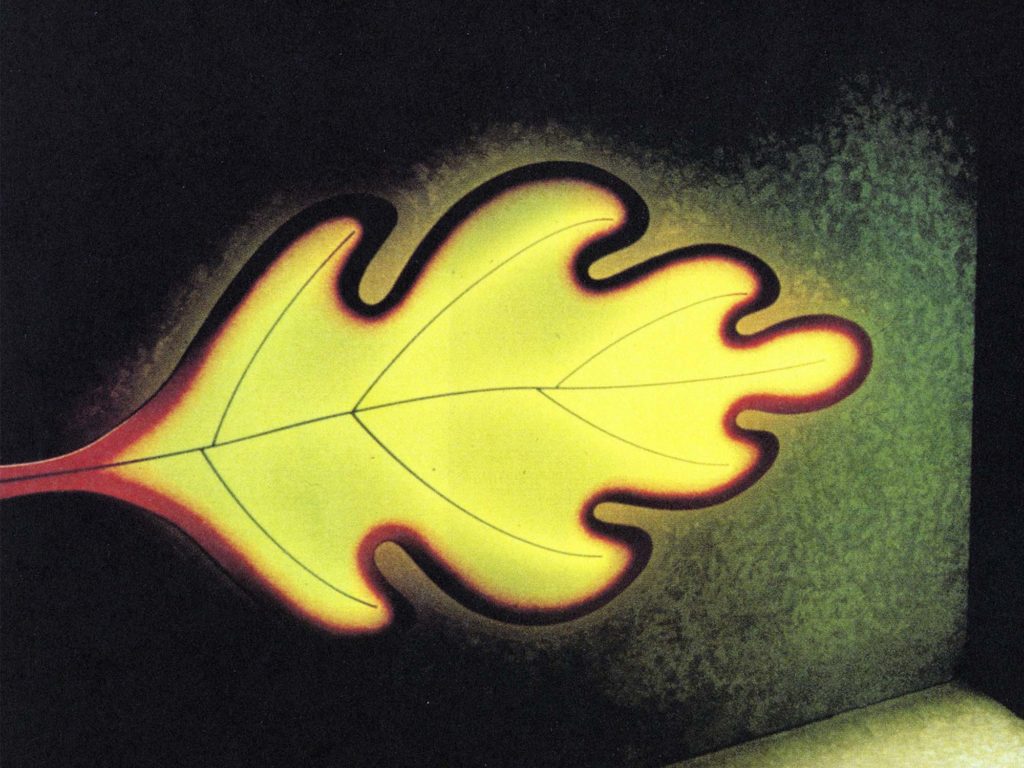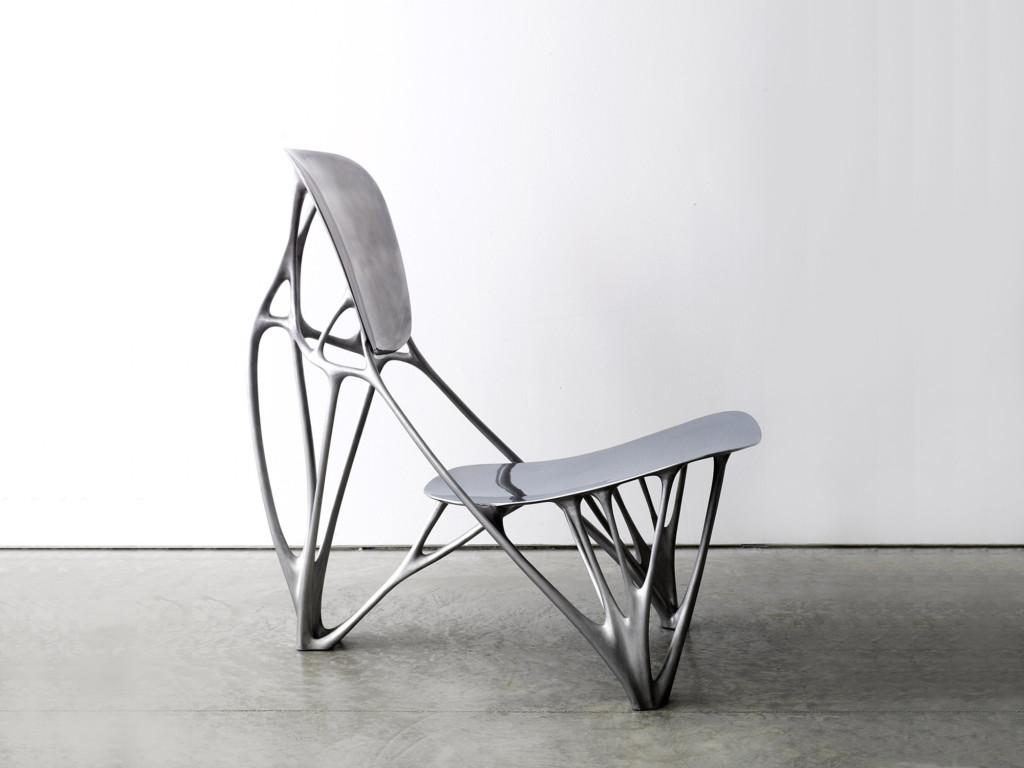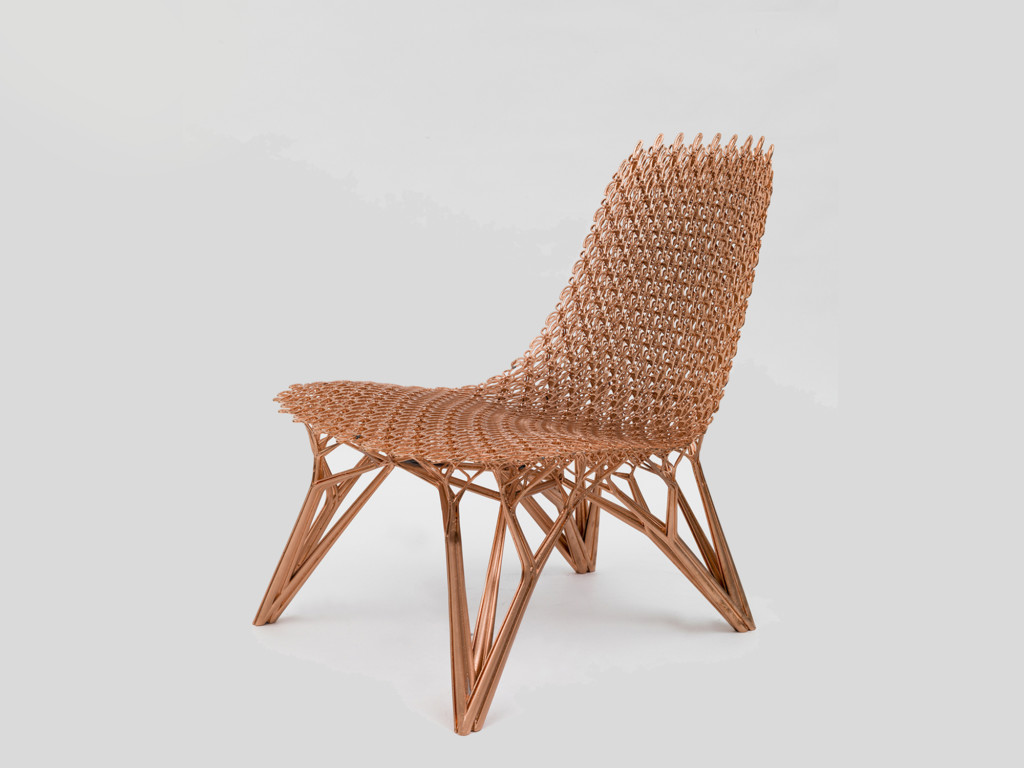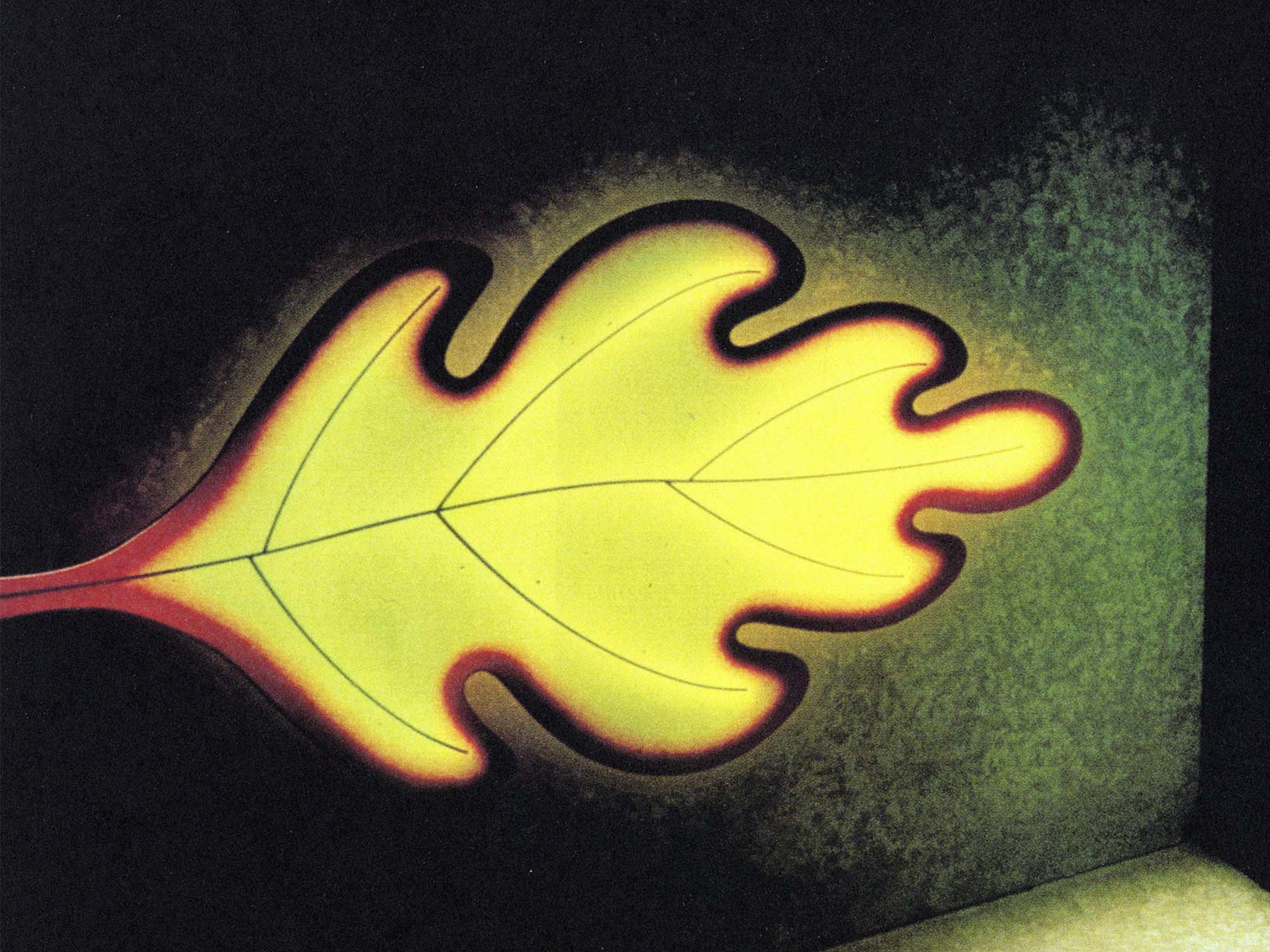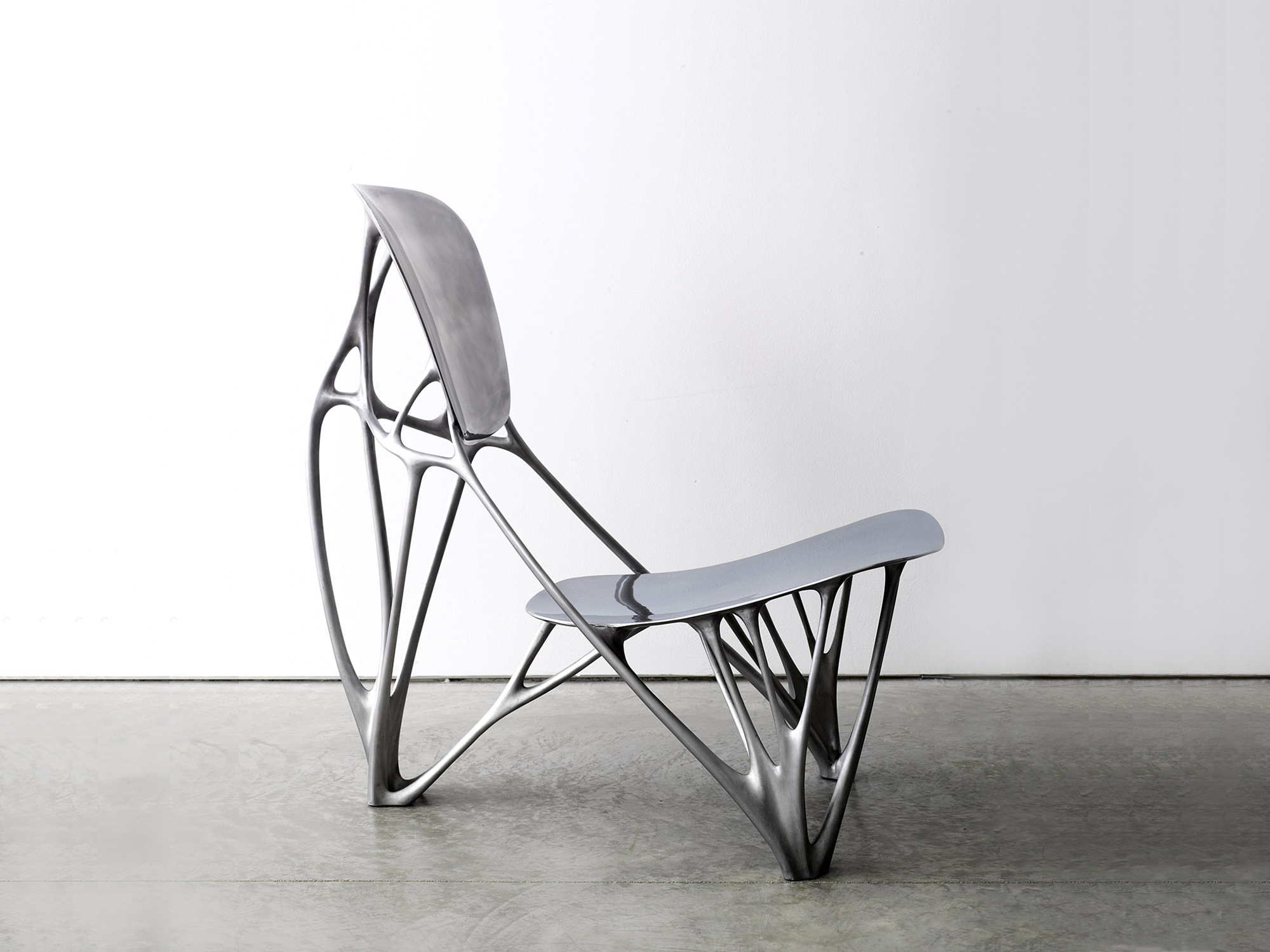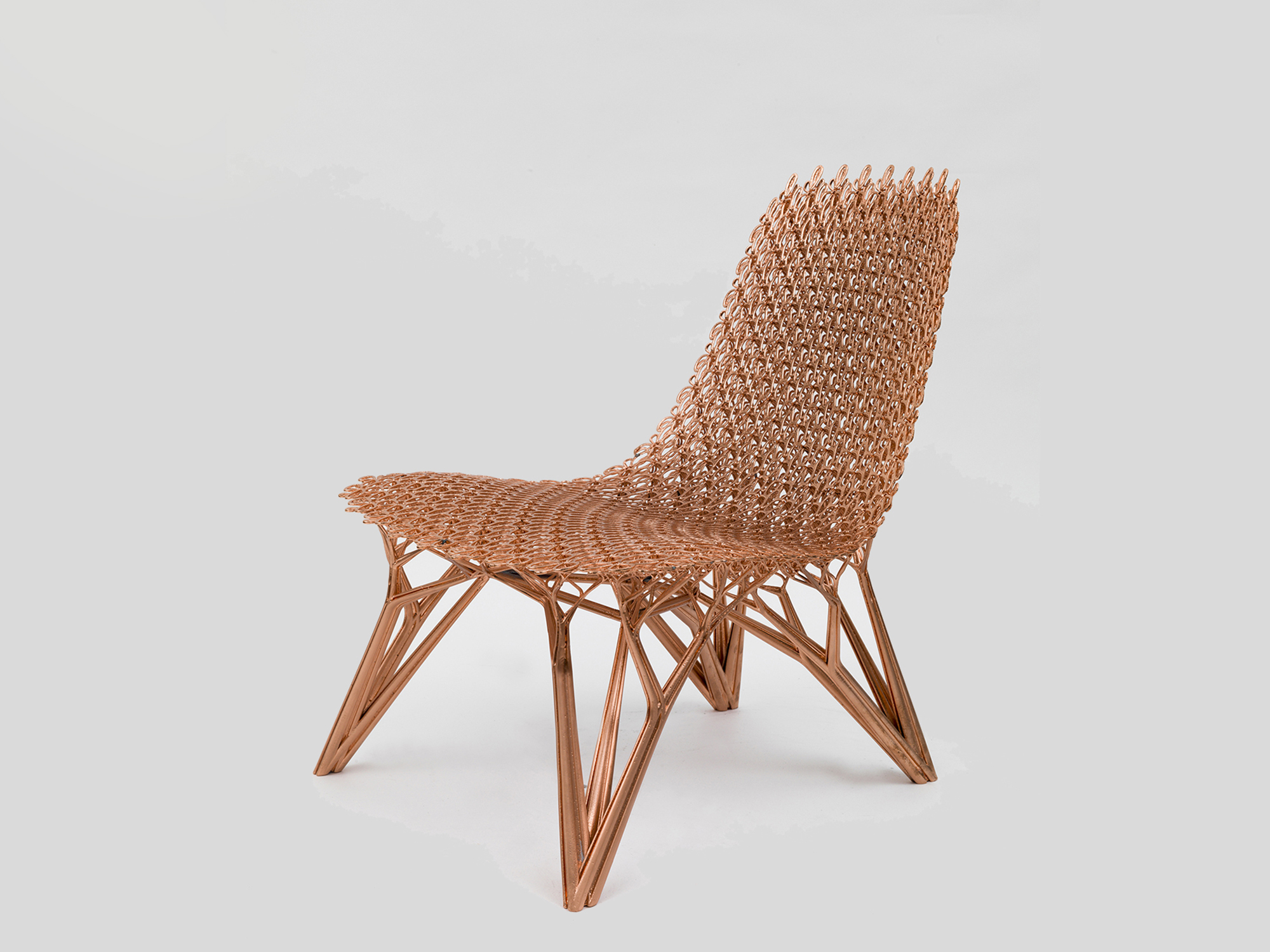The group show, Mimesis. A Living Design brings together 400 works by 90 creators on the subject of the evolution of nature in design. From modern biomorphism to biomimicry, from biofabrication to the recreation of living things through digital design, this exploration is as much historical as it is forward-looking.
Nature and the living world are invited to Gallery 2 in the exhibition conceived by Marie-Ange Brayer, Senior Curator of the Design and Industrial Prospective department at the Musée national d’art moderne-CCI, Centre Pompidou and Olivier Zeitoun, Associated curator in the Design and Industrial Prospective department at the Musée national d’art moderne-CCI, Centre Pompidou.
From the iconic objects of modernism and their reinterpretation of nature to the most recent design exploring a new digital “naturalness” (Ross Lovegrove, Joris Laarman, Michael Hansmeyer…), the exhibition explores a profound shift in the very concept of nature, in terms of its links with technical and technological production, through the most innovative research in the field of design today.
At the end of the 19th century, biomorphism – the influence of nature on representation and artistic forms – accompanied the birth of modernity. The historical avant-gardes of the early 20th century emphasised the notion of organism along with the self-generation aspect in the creation of forms. This exhibition brings together the great designers of modernity to show how this new modern language draws its organic forms from nature and science, in France, the United States, Scandinavia and Japan, from Alvar Aalto to Sori Yanagi. In 1930s France, Charlotte Perriand’s photographs captured the power of the material that inspired her design objects. In the United States, Charles and Ray Eames reinvented design with their organic shapes in the post-war period. At the same time, in France, Serge Mouille, whose exceptional pieces in the Centre Pompidou’s collections are being exhibited for the first time, was developing a biomimetic approach to lighting design. In the 1960s, pop art drew its hedonism from nature: from Verner Panton to Pierre Paulin, designers recreated an artificial nature through their creations, and filled their environment with installations resembling landscapes, marking a change of outlook.
In the mid-1980s, Andrea Branzi inaugurated a new form by directly incorporating natural elements, such as tree branches, into his work (Animali domestici, 1985). Nature itself, not just its representation, is now an integral part of the design object. Between nature and artifice are the Rêveries urbaines (2016) by Ronan and Erwan Bouroullec, which recreate an atmospheric “wonderland” and re-enchant the urban space.
Today, in the digital era, nature has made way for the notion of the living world, which presents itself in a new form of artificiality, between inert and animate, organic and machinic. Design is making use of “biofabrication”: biomaterials, made from biological organisms, now allow the creation of new sustainable and biodegradable objects.
